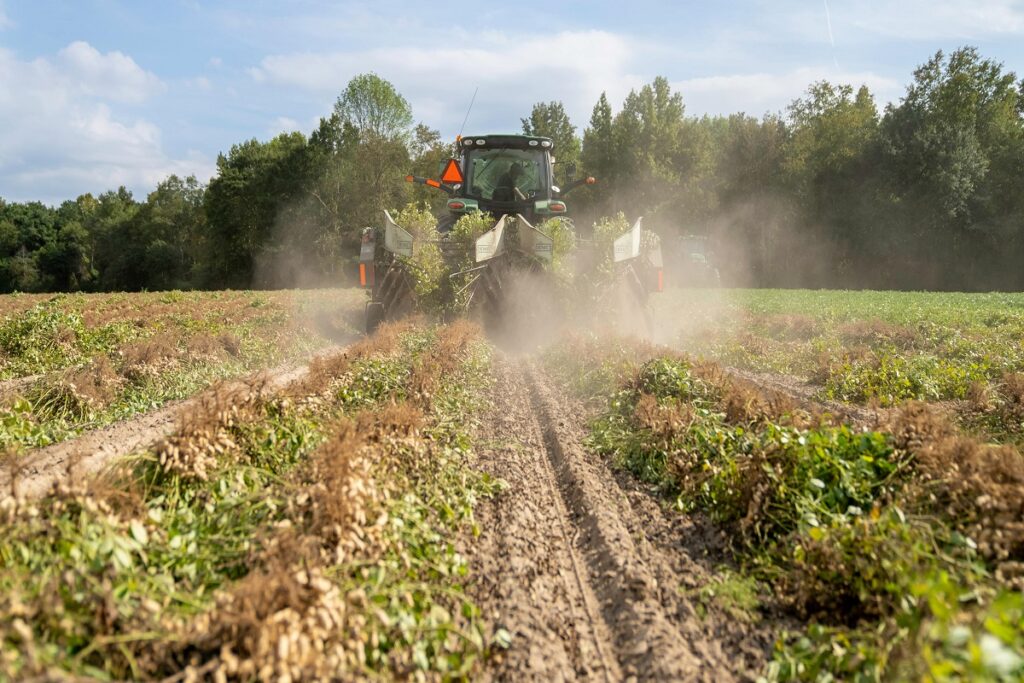As climate change continues to bring extreme weather conditions, droughts are becoming more common in many regions of the world. During these periods, water conservation becomes a critical issue, and individuals and businesses must follow water restrictions to prevent water shortages. Violating watering restrictions during droughts may lead to severe penalties, including fines or even water shut-offs. In this article, we will explore why violating watering restrictions is such a serious issue and what consequences can arise from breaking these rules.
Watering restrictions are put in place during droughts to ensure that the water supply is used as efficiently as possible. Droughts occur when there is a prolonged period of reduced rainfall, resulting in lower water levels in rivers, lakes, and reservoirs. When water levels drop, it becomes increasingly challenging to meet the demands of communities and businesses that depend on water for drinking, irrigation, and other essential purposes. Therefore, it is essential to conserve water during droughts, and watering restrictions are one way to achieve this.
Individuals and businesses who violate watering restrictions can have a significant impact on the water supply during droughts. For example, if a homeowner waters their lawn during a drought, it can lead to excessive water use, which can strain the water supply. This strain can result in the water supply running out, making it more challenging for everyone in the community to access water. Similarly, businesses that use large amounts of water, such as car washes, can put a significant strain on the water supply during a drought.
To prevent this strain on the water supply, many municipalities and water authorities enforce watering restrictions during droughts. These restrictions typically limit the days and times when watering can occur, as well as the amount of water that can be used. For example, in some areas, watering is only allowed on specific days of the week, and for a limited time in the morning or evening. Other restrictions may include limiting the amount of water that can be used for outdoor irrigation or prohibiting the use of sprinklers altogether.
Penalties for violating watering restrictions can vary depending on the severity of the violation and the laws of the specific jurisdiction. In many cases, individuals and businesses who violate watering restrictions may face fines, which can range from a few hundred dollars to several thousand dollars. However, in more severe cases, water authorities may shut off water service to the property altogether until the violation is resolved. In extreme cases, repeat offenders may face criminal charges.
There are several reasons why these penalties are in place. Firstly, fines and water shut-offs act as a deterrent to those who may be tempted to violate watering restrictions. By imposing penalties, water authorities can ensure that individuals and businesses take watering restrictions seriously and comply with them. Secondly, penalties help to ensure that the water supply is used as efficiently as possible during a drought. By penalizing excessive water use, water authorities can ensure that the limited water supply is used for essential purposes only.
In addition to penalties, water authorities may also offer resources and support to help individuals and businesses comply with watering restrictions. For example, they may provide information on alternative water sources, such as rainwater harvesting or greywater recycling. They may also offer free or discounted water-efficient products, such as low-flow showerheads or water-efficient toilets, to help reduce water use.
In violating watering restrictions during droughts is a serious issue that can have significant consequences for individuals and businesses. Penalties for violating these restrictions, including fines and water shut-offs, act as a deterrent to those who may be tempted to use water excessively. They also help to ensure that the limited water supply is used as efficiently as possible during a drought. By following watering restrictions, individuals and businesses can help to conserve water and ensure that the water supply is available for essential purposes.
